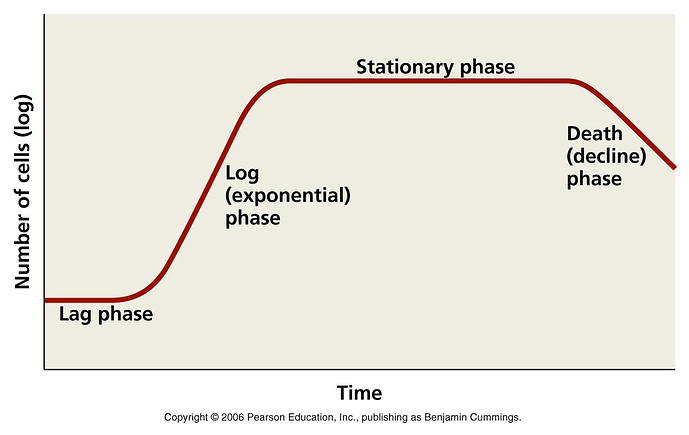If you agree, if you agree that environmental change is the basis for natural selection, and the Lenski experiment verifies this, I welcome your agreement. My problem with BioLogos is that they do not.
As I expect you know, traditional evolutionists, Dawkins et al, say that evolution is random and unguided. This is good for their contention that life is empty and meaningless, but terrible science, because it means that it natural selection is not verifiable and not scientific.
Random natural selection also does not compute. Back in the day when I was young then we discussed evolution it usually ended when someone cited the “monkey example,” if you has a billion monkeys and put them typing on a billion typewriters, for a billion years, they would eventually type War and Peace
I assumed that there was something to this until I started doing the math. If you start squaring 24 for each letter then you will be lucky to write a page over a billion years, much less a chapter.
Then too the whole thing is false. One cannot expect a string of random letters to be rational. That is just not what they are. By definition random strings of letters or numbers are not non-random.
Yes, you might be able to find a some letters that are in the proper order so you can put them all together to make the sentences that you need to make up a paragraph, etc, but this is not random.
Thus the picture that Dawkins paints of evolution is false and irrational. It confirms the atheist understanding of life with bad science. It would seem that BioLogos would want to a 1) Fix the science, and 2) Fix it in a way that would strength our claim of evolutionary creationism. Ecological natural selection that way.
God created humanity by creating our universe in such a way that human being were created by evolution as witnesses to God’s Creation and God’s history. This is the message of the anthropic principle. .
